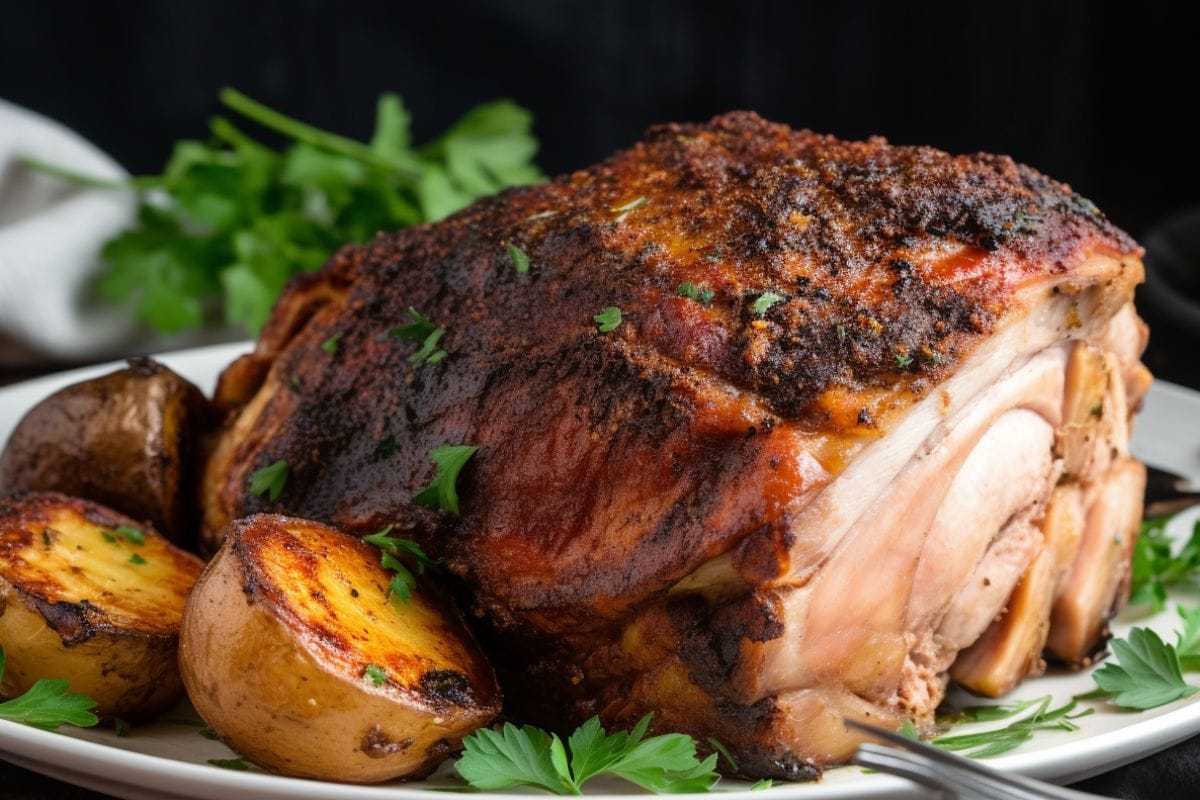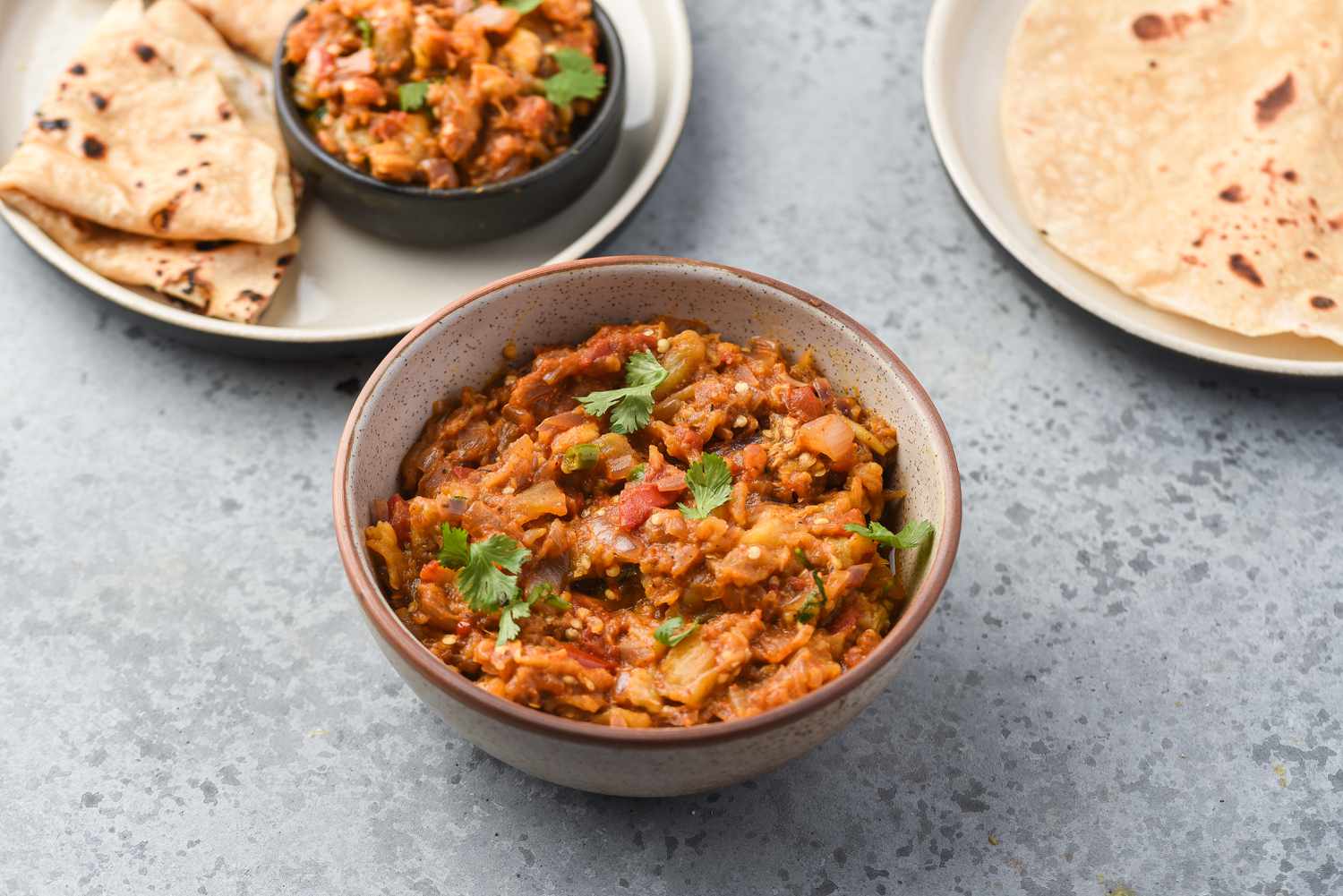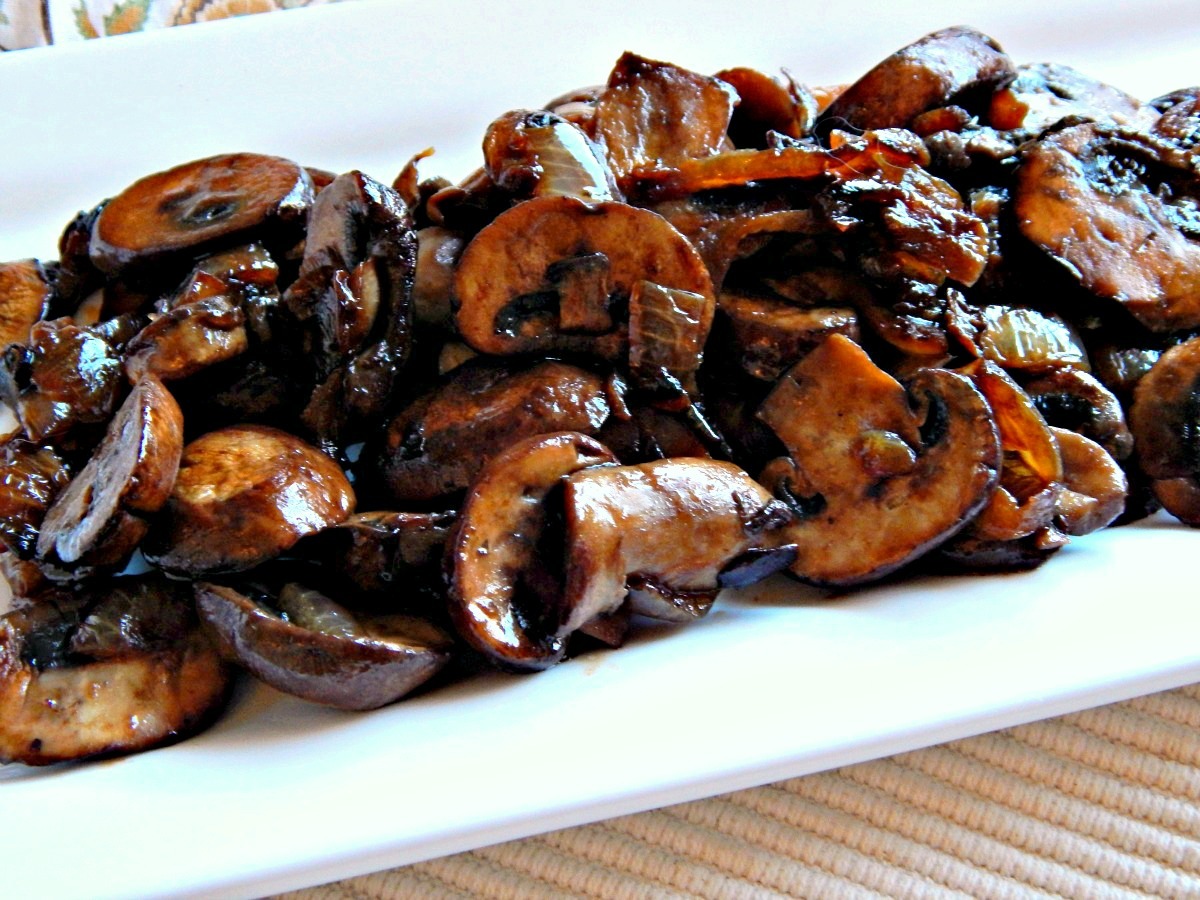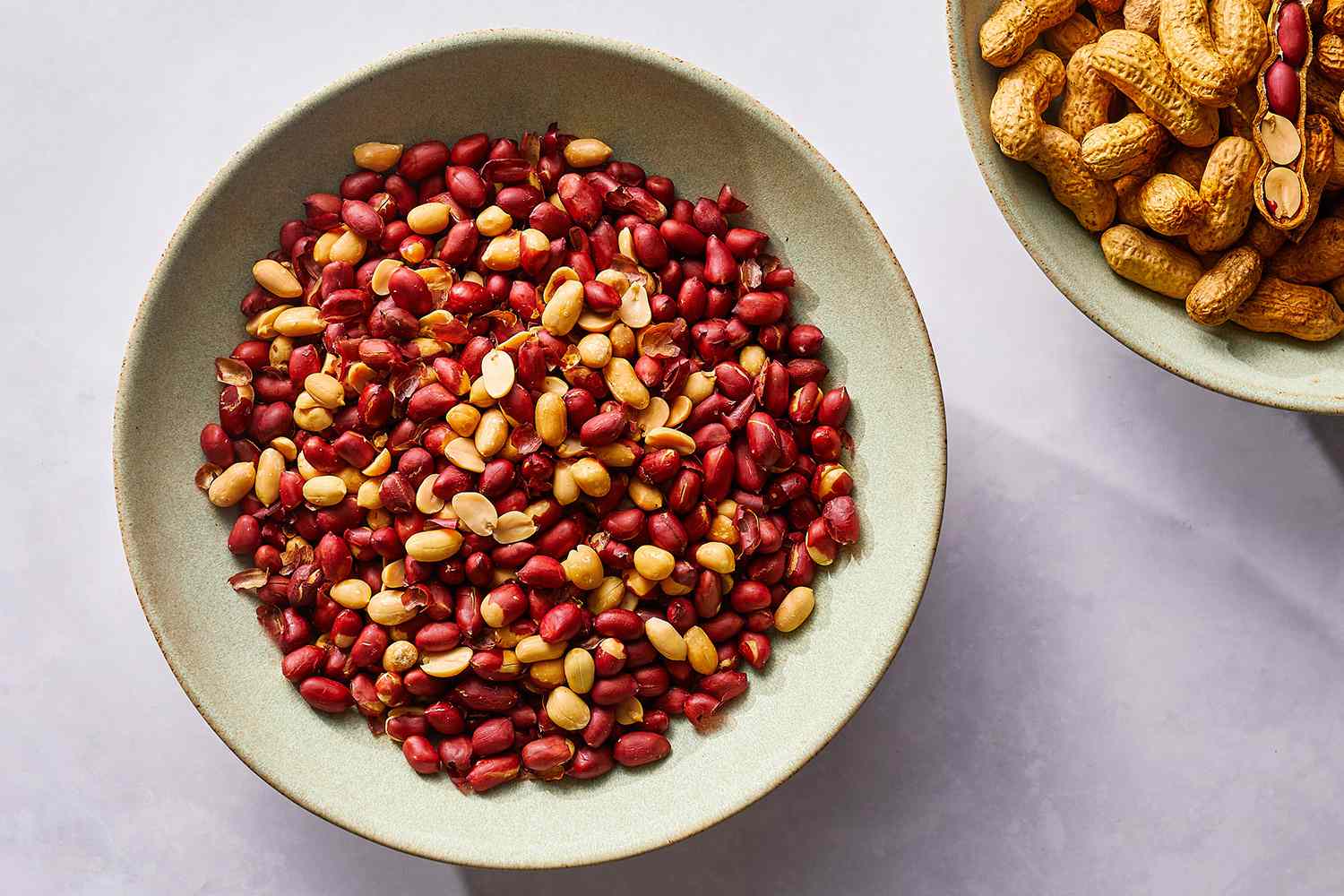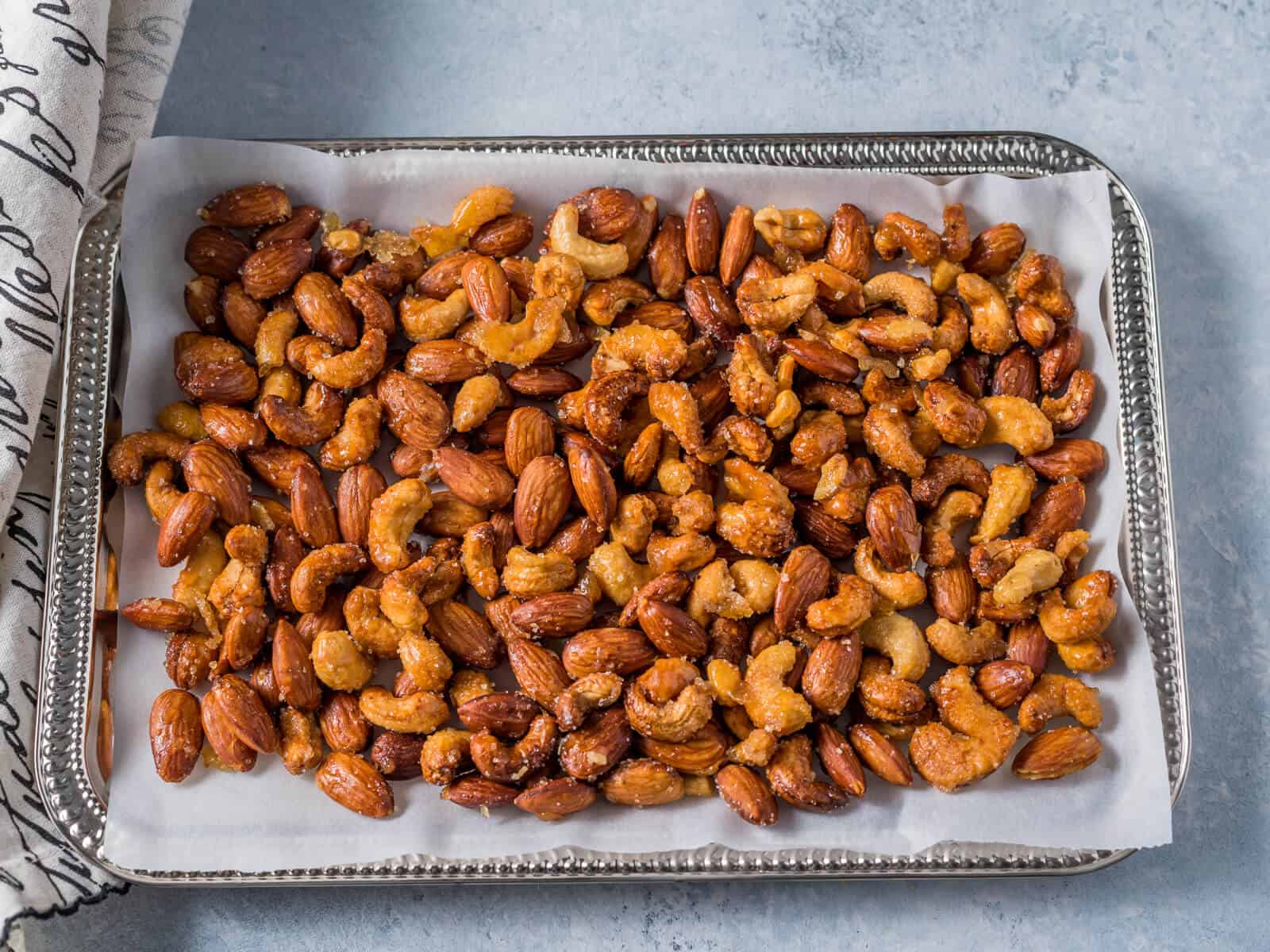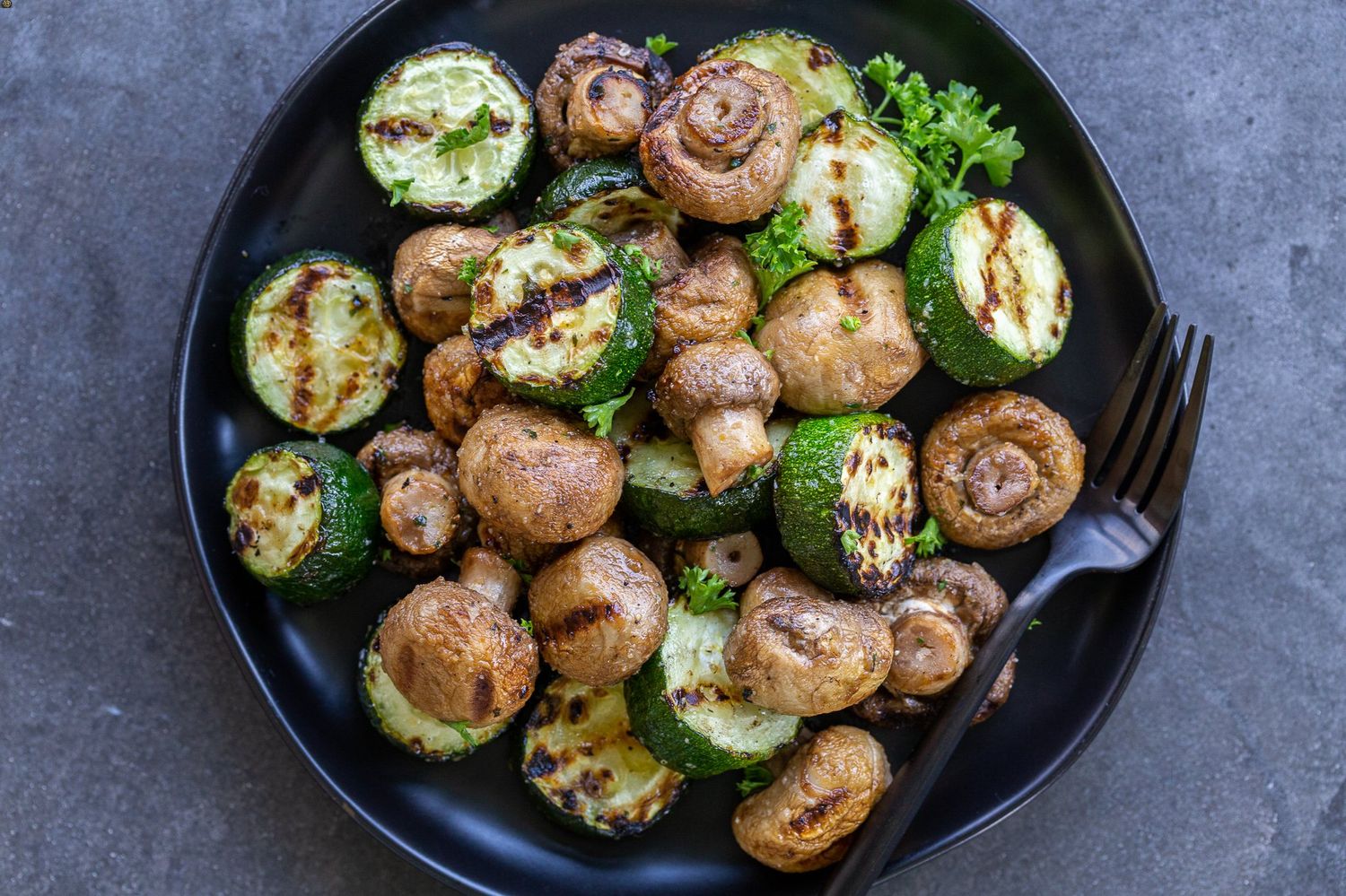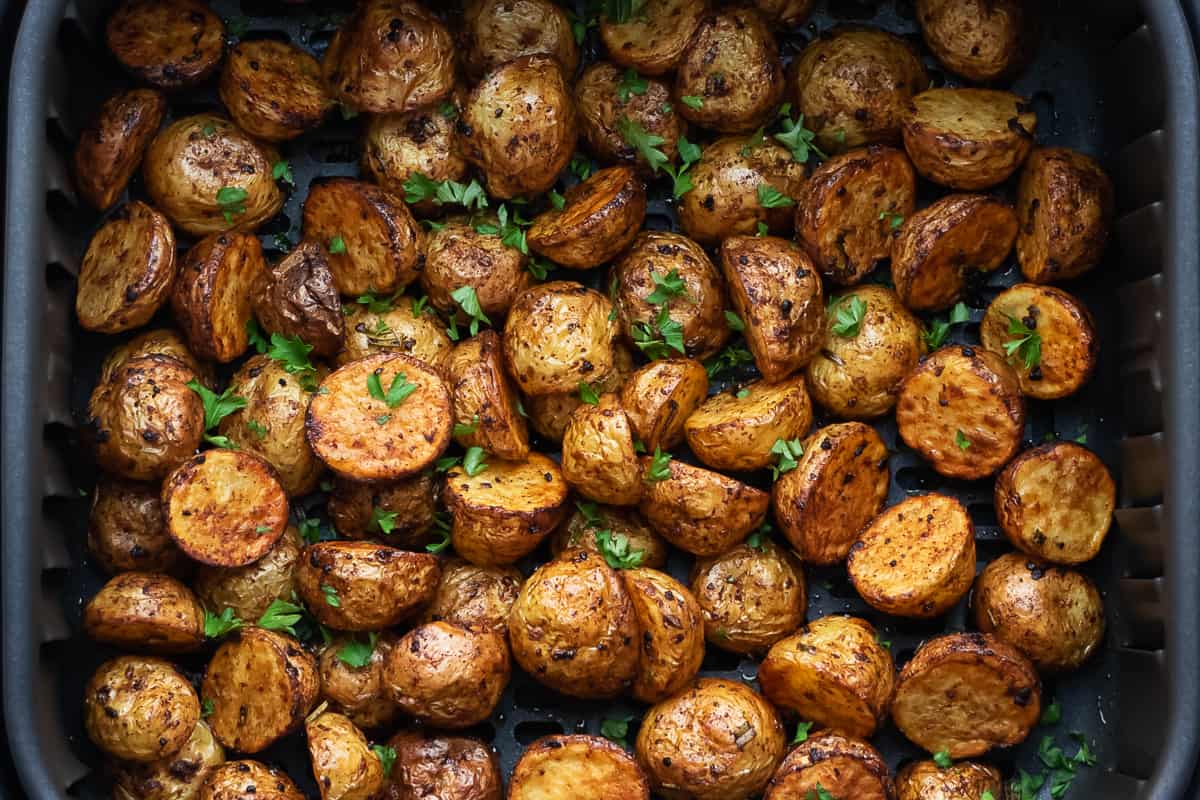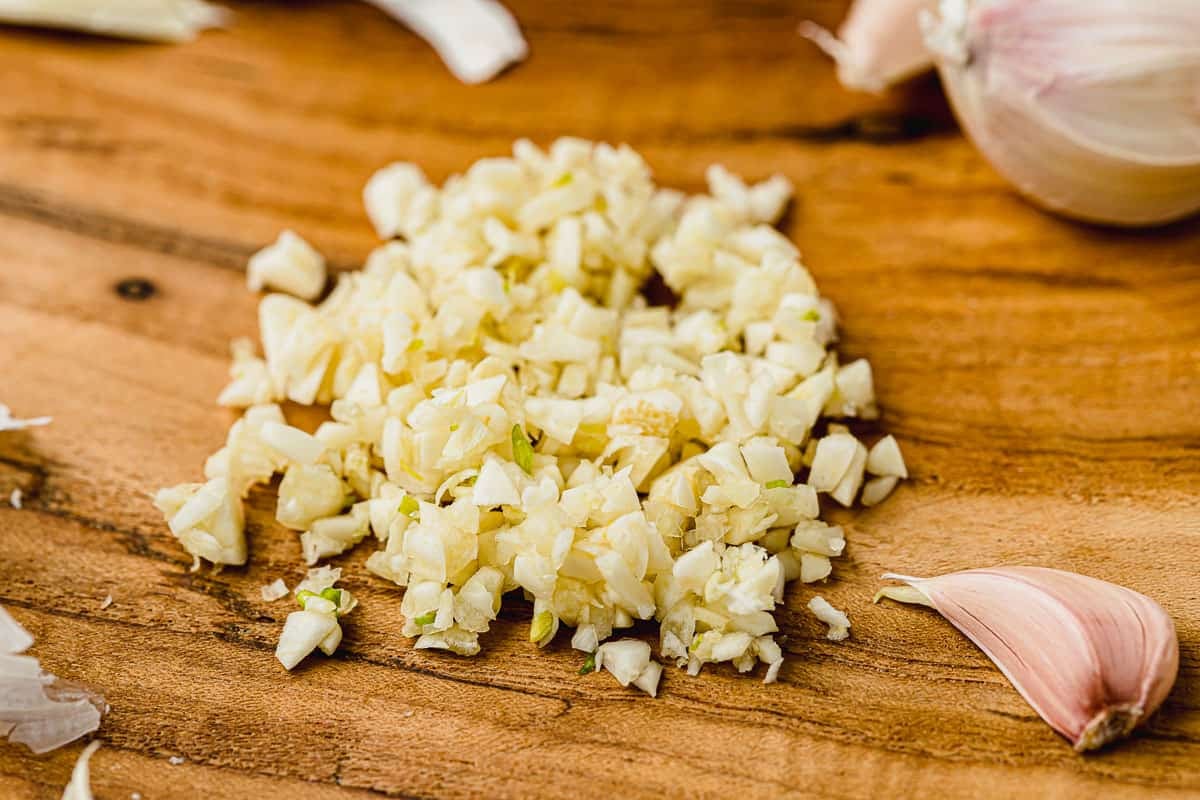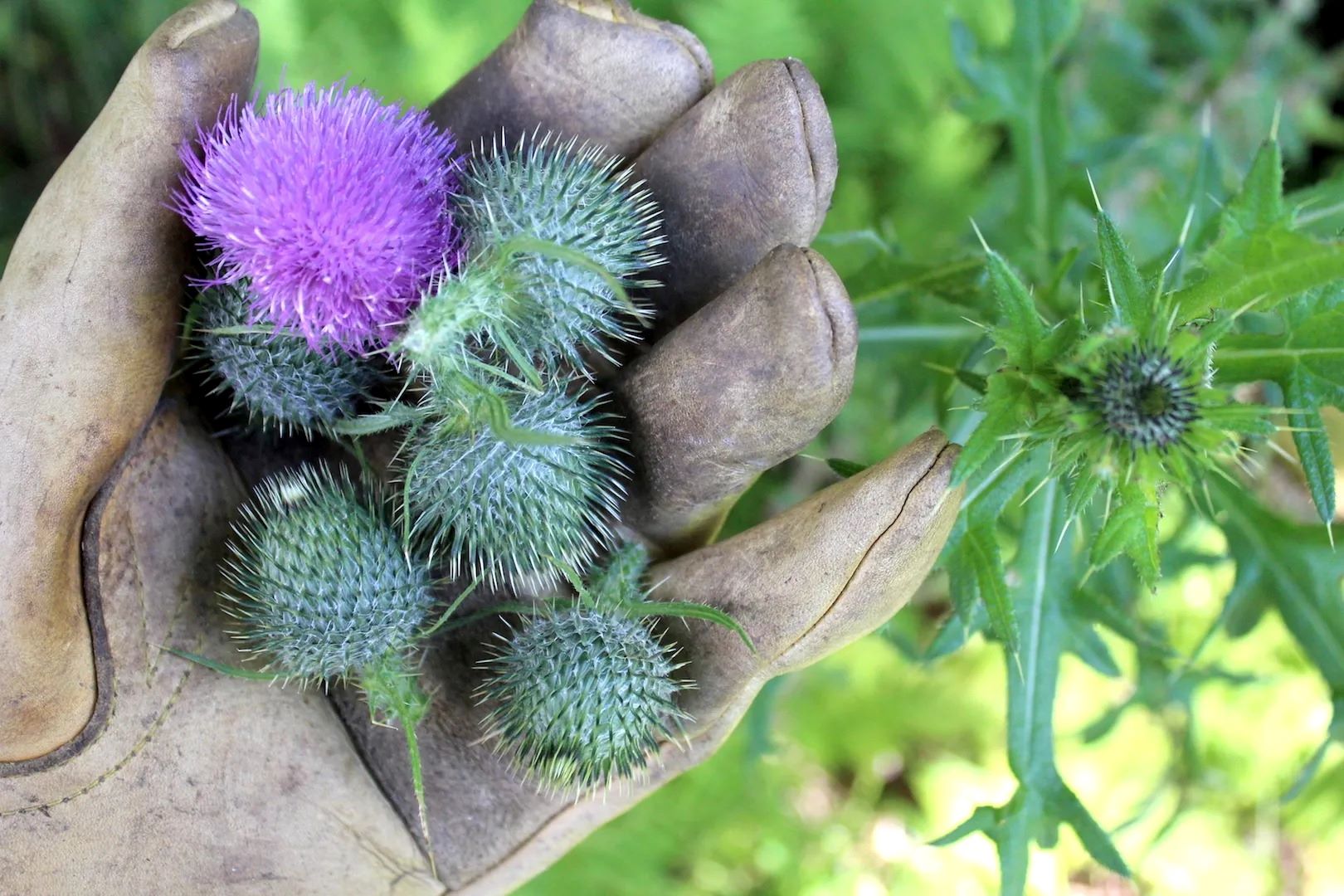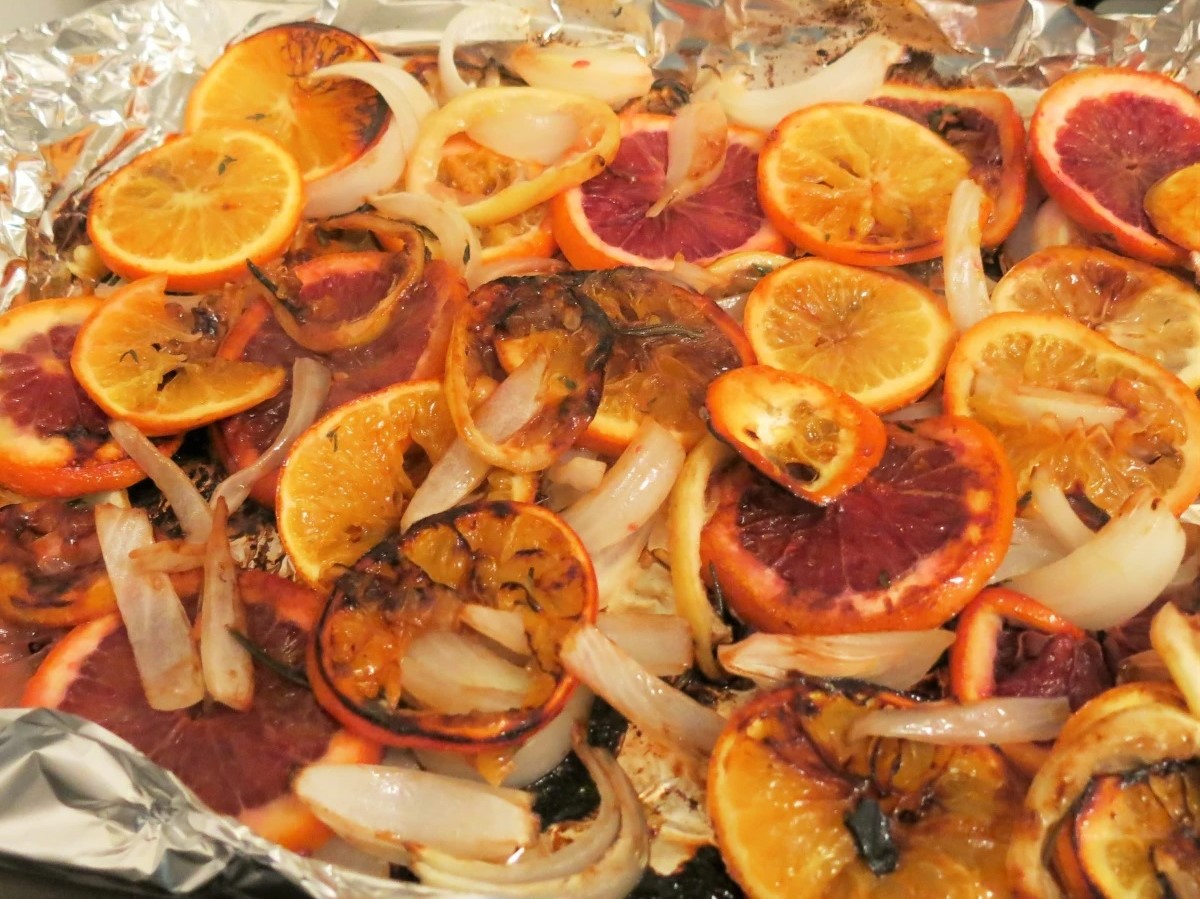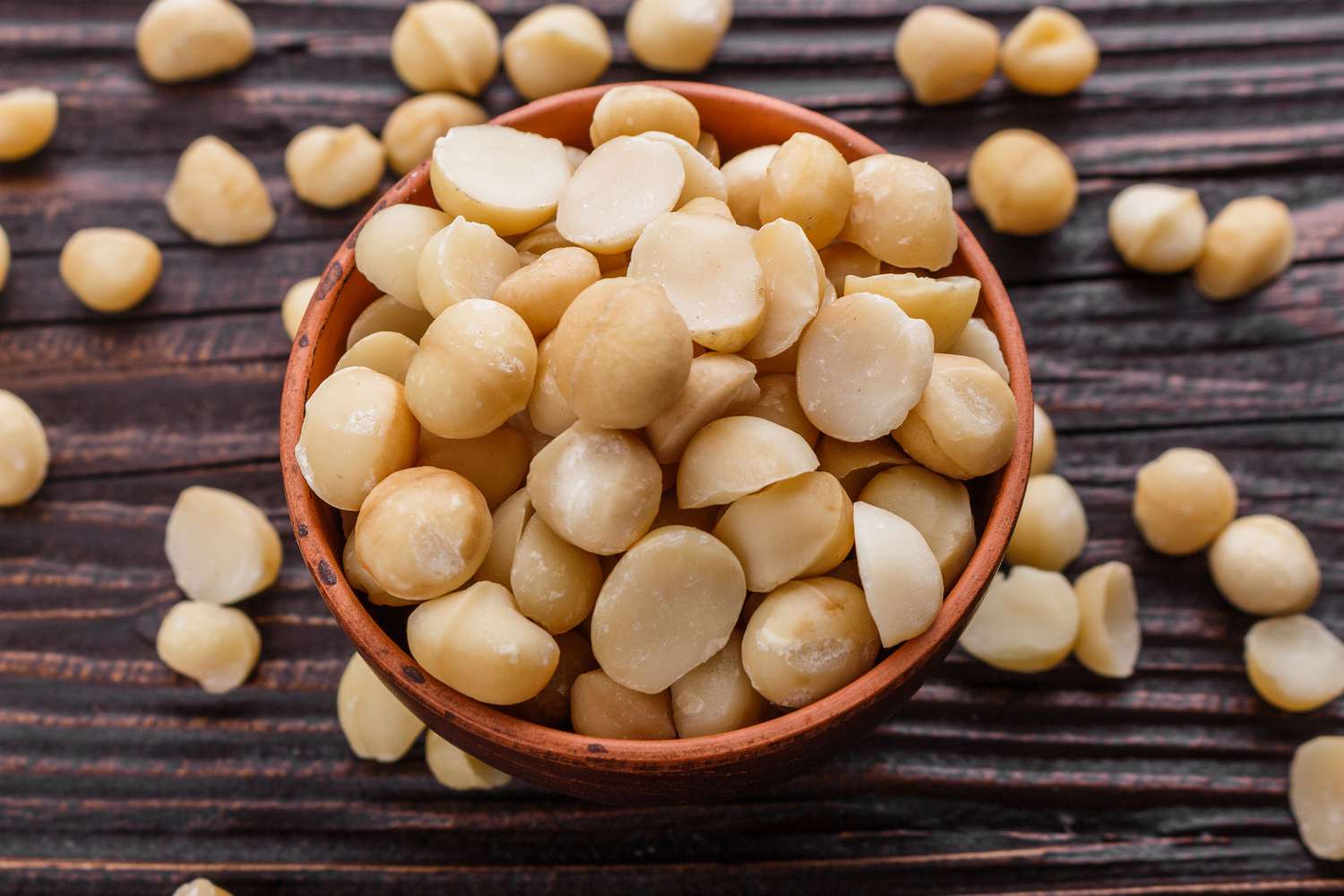Roasting Papadum in the Oven: A Crispy Delight
Are you craving a crunchy and flavorful snack? Look no further than papadum, a popular Indian crispy wafer that is perfect for satisfying your snack cravings. While traditionally papadum is roasted over an open flame, you can also achieve the same delicious results by roasting it in the oven. In this guide, we will walk you through the simple steps to achieve perfectly roasted papadum in the oven.
What You’ll Need
Before you get started, gather the following ingredients and tools:
- Raw papadum
- Baking tray
- Oil spray or brush
- Preheated oven
Steps to Roast Papadum in the Oven
Follow these steps to achieve crispy and delicious papadum:
- Preheat the Oven: Start by preheating your oven to 375°F (190°C). It’s important to ensure that the oven is fully preheated to achieve even cooking.
- Prepare the Papadum: Lightly brush or spray the papadum with a thin layer of oil. This will help the papadum crisp up and develop a golden hue as it roasts.
- Arrange on the Baking Tray: Place the prepared papadum on a baking tray in a single layer. Make sure to leave some space between each papadum to allow for even cooking.
- Roast in the Oven: Carefully place the baking tray in the preheated oven and roast the papadum for 3-5 minutes. Keep a close eye on the papadum as it can quickly go from perfectly crispy to overdone.
- Check for Crispiness: After 3 minutes, check the papadum for crispiness. If it has puffed up and developed a golden color, it’s ready to be removed from the oven.
- Serve and Enjoy: Once the papadum is perfectly roasted, remove it from the oven and let it cool for a minute. Serve it with your favorite chutney or dip and enjoy the crispy, flavorful snack!
Tips for Perfectly Roasted Papadum
To ensure that your papadum turns out just right, consider these tips:
- Do not overcrowd the baking tray, as this can lead to uneven cooking.
- Keep a close eye on the papadum while it’s roasting, as it can quickly go from crispy to burnt.
- Experiment with different seasonings and spices to add extra flavor to your roasted papadum.
- Store any leftover roasted papadum in an airtight container to maintain its crispiness.
With these simple steps and tips, you can easily roast papadum in the oven to perfection. Whether you’re hosting a gathering or simply craving a crunchy snack, roasted papadum is sure to satisfy your cravings. So, preheat your oven, grab some papadum, and get ready to enjoy a crispy delight!
Was this page helpful?
Read Next: How To Roast Peaches For A Salad
